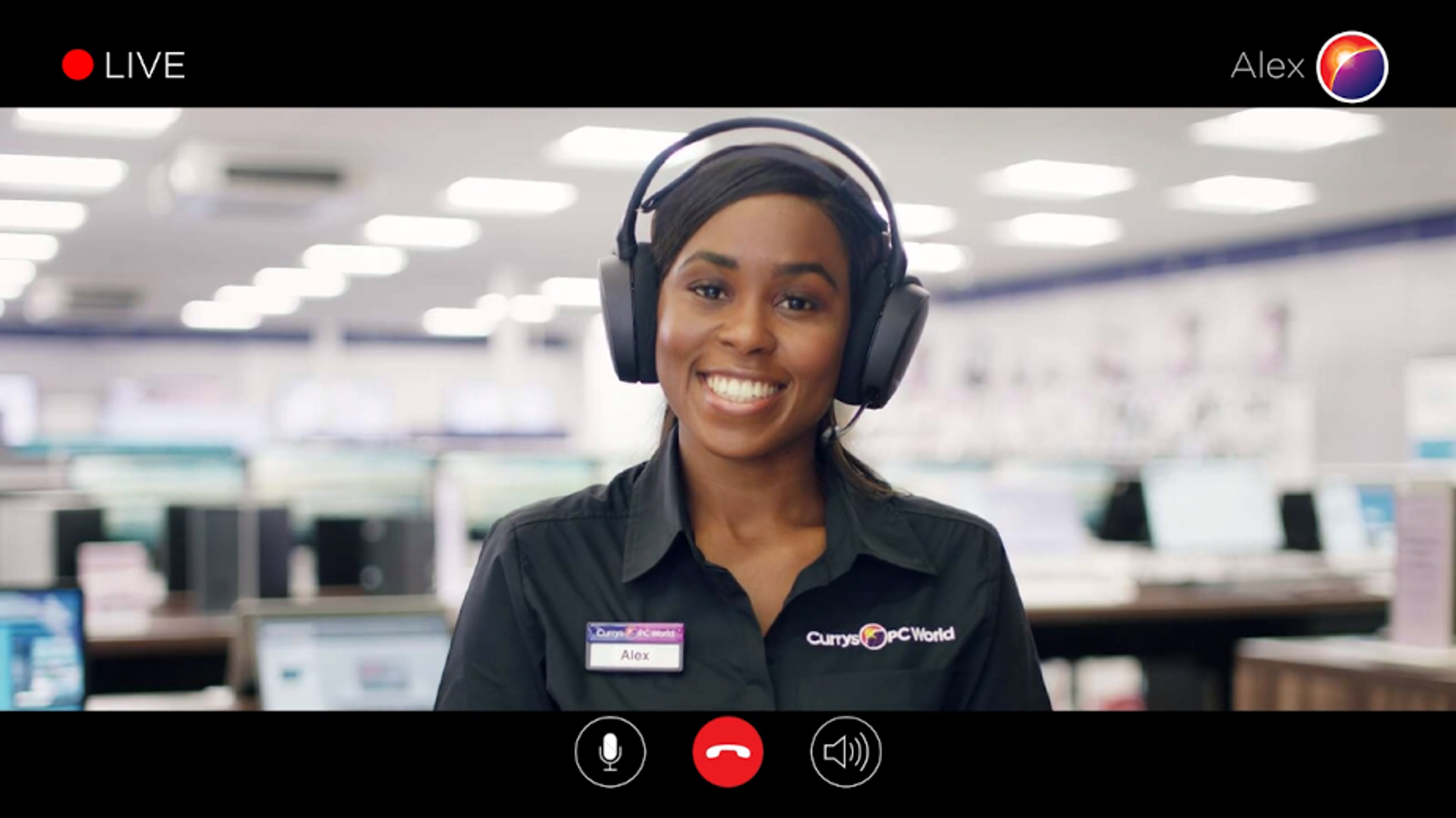What Creates Brand Loyalty in Sports? | Future Platforms

Keen to grow your sports clubs’ revenues? Then this is the article for you. Brand loyalty in sports is vital for long-term growth, but fan favour is hard won and easily lost.
That’s why, in this article, we’re exploring some of the key tenets behind how to create brand loyalty in sports. We’ll examine how brands foster loyalty more generally before discussing sports-specific examples that you can use. Read on to learn more or get your copy of the full report now.
How to create brand loyalty
Consumers’ brand loyalty differs slightly between products and services. In general, brands aim to deliver a superior customer experience by offering better materials, higher build quality, seamless service, and so on.
While there are lots of factors that go into customers’ decision-making (including convenience, price point, and more), marketers’ hope is to evidence superior value to customers. Of course, there are a few exceptions to the laws of supply and demand. Equally, there are some loyalty strategies that work more than others.
For example, some goods, like luxury items, grow in demand despite rising costs because of the social status each item signifies. Given this, many luxury brands have cultivated a loyal customer following because of the feeling of exclusivity and uniqueness they deliver to customers.
Likewise, personalised service has emerged as a vital strategy in recent years. McKinsey research from 2021 found that 71% of consumers expect personalised brand interactions and 67% become frustrated when this doesn’t happen. As a result, companies delivering leading personalisation can achieve faster revenue growth, meaning lagging firms are facing harsher market penalties.
How does brand loyalty in sports differ?
Brand loyalty in sports is somewhat unique. The fan experience is something that fans already have a lot of control over and arguably something they can already achieve themselves. Whether they choose to watch live events at home, visit local pubs or town squares or search online for peer communities.
Therefore, the main strategy for building brand loyalty in sports is to enable fans’ experience further by understanding their needs and enriching their interaction - both with one another and with their favourite athletes.
Of course, engagement and loyalty in sports can take many forms, so marketers must take many things into consideration. If you’re curious about how to convert fan engagement into loyalty, check out our other articles in this series:
Four ways to foster brand loyalty in sports
We recently surveyed 1,000 British sports fans to understand what they loved about sports and how clubs could enrich those experiences. Here’s a brief overview of what we found:
1. Tapping into fans’ emotions
Sports fans’ experience is awash with highs and lows, from the early hopes of qualifying rounds to the national pride of international championship success.
Recognising – and capitalising – on that emotional investment is vital to convert engagement into long-term loyalty. Make sure to dig deep into the history and legacy of your club and shine a light on key figures or oft-forgotten moments. Similarly, be responsive to fan feedback on other important issues in their lives to evidence your wider appreciation for their continued support.
2. Creating a community spirit
Fans are increasingly consuming sports media through new channels and using social media platforms to find communities. Given this, clubs must build and scale fan communities where supporters can find peers with shared interests and celebrate news updates and club successes together.
Sports team sponsorships are another great way of building a sense of community, particularly if clubs offer money or volunteer their time for local causes. Clubs can also issue an appeal to their fans and prompt them to join in on the charitable work. Doing so can maximise the value that charitable work can do as well as offer shared experiences outside of sports to fans.
What’s more, club leaders can combine each of the two above strategies and offer fundraising appeals, memorial efforts or celebrations for well-known or important figures within your fan community.
3. Offering rewards
Clubs need to give fans a reason to stick around after engaging. That’s why offering rewards and different tiers of membership can be a great way of helping everyone feel a part of the experience.
Similar research that we’ve conducted on other British consumers found that loyalty scheme members want quick and regular rewards over complex or delayed programmes. Given this, clubs need to be wary about the structure of their reward schemes.
4. Reaching out
Clubs can’t wait for fans to reach out to them. Instead, sports club leaders need to take a proactive approach to engaging fans and converting early interactions to long-term loyalty.
As mentioned, sports team sponsorships are a great way to branch out into the wider community. However, even simple interactions between fans and their favourite athletes via social media can mean a world of difference to club supporters. So, sports club leaders have lots of options to connect with fans and deliver truly personalised interactions.
Discover the future of sports fan engagement platforms in our latest Whitepaper
At Future Platforms, we’ve put together a new report where we go in-depth on the current and future challenges within the sports industry.
Complete with insights from 1,000 British football fans, club leaders and industry experts, we offer a forward-thinking vision for the future of brand loyalty in sports. We offer strategic recommendations to help club leaders adapt amid a fragmenting landscape of sports media consumption.
Interested? Get your free copy now!





